The Jacobin pigeon is an Asiatic breed of domestic fancy pigeon. It is from India and was developed over many years of selective breeding.
It is known for it’s feathered hood over it’s head, and it is in the Asian feather and voice pigeon show group. This breed and other varieties of domesticated pigeons, all are descendants of the feral or wild rock pigeon.
It is a very old breed and it’s head is completely hidden behind it’s splendid hood of 5-6 long feathers. The breed was named so after an order of French monks known for their distinctive hoods.
The Jacobin pigeon was probably developed in the 1500s, and the breeders have been captivated by this elegant bird ever since. Read some more information about this breed below.
Jacobin Pigeon Characteristics
The Jacobin pigeon is a small to medium sized bird with beautiful appearance. It has fluffy feathers which give the impression that this bird is a much larger than it actually is.
Body of these birds is relatively tall and slim. They have bare legs and long wings. They have obstructed vision, mainly because of their hood.
The breed appears in a variety of colors including black, blue, yellow, silver and white. Two-toned birds (known as splash) are also available.
Average height of the Jacobin pigeon is around 14 inches. Average live body weight of the mature birds is about 350 grams. Photo and info from RightPet and Wikipedia.
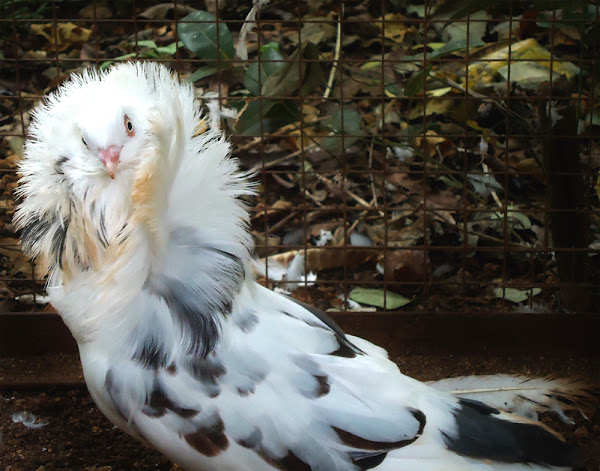
Housing
Arranging a good shelter for your birds is very important for raising Jacobins. If you don’t have a home ready for your birds, then you can consider purchasing ready-made cage from the market.
Feeding
Feeding the birds with high quality and nutritious food is the most important part of pigeon farming business. Good and nutritious food not only help the birds to grow better but also helps them to stay healthy.
Like most other pigeons, Jacobins also eat wheat, maize, paddy, rice, enamel, legume, mustard, gram etc. Keep foods in front of their house and they will take the food as much as they need. And always provide them with adequate fresh and clean drinking water.
Breeding
Jacobins are naturally good breeders, and they will breed easily if you keep a male and a female together. They generally prefer to breed around the end of July, or near the middle to end of summer depending upon your location.
The cowl or muff of these birds may become a problem for successful breeding. That’s why, some breeders trim the feathers around the head and doing this help them to better mating.
After successful mating, a female will lay two eggs and will start hatching. And like other pigeon breeds, it also take roughly 17 days for the eggs to hatch.
Caring
The Jacobin pigeons require special caring, especially during breeding and nursing the babies. The cowl and short beak make feeding the babies difficult. That’s why the birds are often fostered out to another more suitable pigeon. Or you can nurse the babies.
Uses
Jacobin pigeon is an exhibition or show breed. It is also good for ornamental purpose.
Special Notes
The Jacobin pigeon is a very beautiful bird with unique appearance. It’s head is completely hidden behind it’s splendid hood. So it needs some pampering compared to many varieties.
Therefore, this lovely bird is often recommended to expert exhibitors with some experience breeding and showing the more challenging fancy pigeons.
Jacobin pigeon tends to be more territorial than the average pigeon breeds. So, you will likely need to separate pairs. Otherwise, the most territorial male could attempt to claim the entire ground floor.
Average lifespan of these birds is about 7-10 years. However, review full breed profile of this breed in the following chart.
| Breed Name | Jacobin |
| Other Name | None |
| Breed Purpose | Show, ornamental |
| Special Notes | Beautiful birds with unique appearance, head is completely hidden behind it’s splendid hood, lovely, good for show or ornamental purpose |
| Breed Class | Small |
| Weight | Around 350 grams |
| Climate Tolerance | All climates |
| Flying Ability | Average |
| As Pets | Good |
| Color | Blue, black, yellow, silver and white |
| Rarity | Common |
| Country/Place of Origin | India |

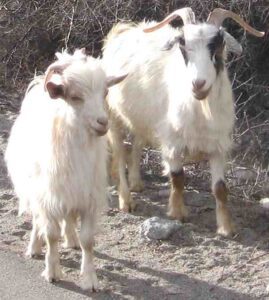
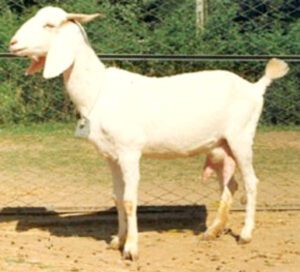
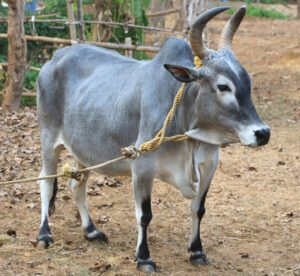


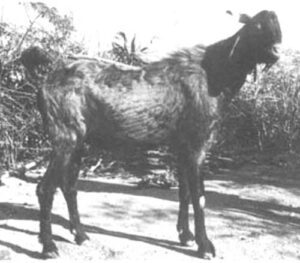
I live in Brockton. Mass and one these birds was hanging out in my yard. It looked scared